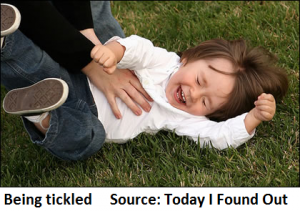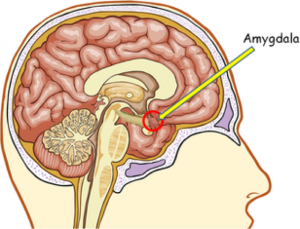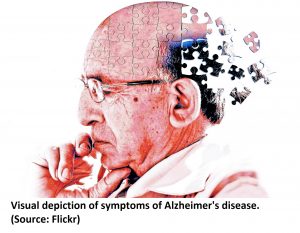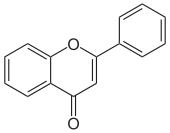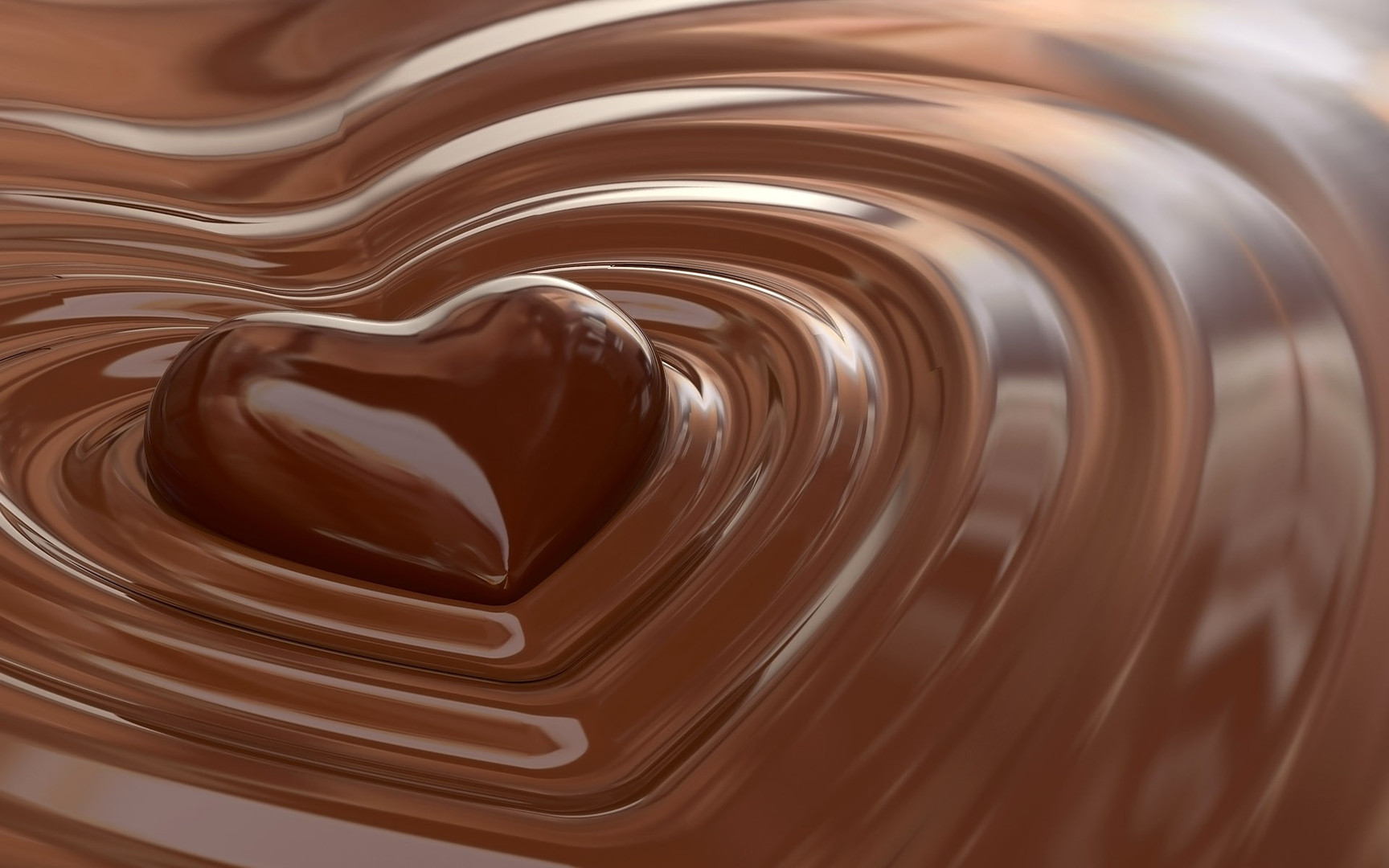How many of you have some of your most important information or precious memories stored on a computer? In modern society, technology has become a vital part of how we live and how we choose to store and process information. However, there is one key concept that is applicable to many of the technology we use, it’s called magnetism.
Many technological breakthroughs of various different fields are based on the concept of magnetism (the attractive and repulsive force between objects). Magnetism is used almost everywhere in our society; from little gadgets to medical apparatus, these all involve the fundamentals of magnetic forces. To gain a better understanding of what magnetism is, listen to the podcast below:
https://www.youtube.com/watch?v=To07hEn84hY
Now you know better what magnetism is, consider how it’s being studied today.
Applications to Current Research
Dr. MacFarlane and a team of scientists ran a study where they investigated the magnetic properties of a mineral called hematite. One of the things that they focused on in their study was the surface molecular orientation of a magnet. Different surface orientations result in an object with varying levels of magnetic forces. Which is interesting, because the strength of a magnetic force allows it to attract or repel different objects!
A major component affecting the surface orientation of a magnet is something called Phase Transitions.
Phase transitions are used to describe the change between different states of an object. An easy example of this is the change of states of water.
Freezing water into ice is a phase transition between its liquid state and its solid state. For magnets, the phase transition is between the paramagnetic and the ferromagnetic state. The difference between the two is mainly shown with the application of an magnetic field, the area surrounding the magnet that is able to experience the magnetic forces (shown in the diagram below).

Hand drawn diagram of phase transitions in water and in magnets
Caption: Diagram of Phase transitions inspired by images found on
The paramagnetic state of a magnet is when the material loses its magnetism after the magnetic field around it is removed. Conversely, the ferromagnetic state is when the material keeps its magnetism even after the magnetic field is removed.
If an object is in the paramagnetic state, it will not be able to attract or repulse any other objects. For an object in ferromagnetic state, it has the ability to attract other objects just by itself without any magnetic forces affecting it. Most magnets are of ferromagnetic state which is why they are always able to attract other objects!
According to Dr. MacFarlane, during Paramagnetic state, the molecules (ions) in the object are moving randomly around rapidly. So, every time you look at them you would see a different arrangement of the molecules (magnets). After cooling to a certain temperature, you would get the ferromagnetic state where the molecules would gradually line up parallel to each other in a lattice and freeze into a magnetic structure.
Moreover, another version of the ferromagnetic state is the anti ferromagnetic state. The anti ferromagnetic state is when the molecules are lined up opposite to each other instead of parallel to each other.
By this point you may be thinking that all of this information is a lot to grasp, but don’t forget that research done about magnetism is important for the current way our world works! Remember when we asked about the information you store on your computer? It wouldn’t be possible without magnetism. Watch the video below to find out how:
https://youtu.be/Kfs1fkaPDWQ
Generally speaking, aspects of magnetism and phase transitions may still be rather abstract to us…but at least we all now realize that these concepts surround us everyday!
-Group 2: Beth B, Kayleigh B, Delia M


